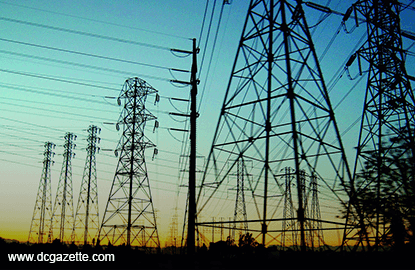
BEIJING (Sept 1): China will spend at least 2 trillion yuan (US$315 billion) to improve its power grid infrastructure over the 2015-2020 period, a report by a government newspaper said on Monday.
Despite falling power consumption growth, China is working to upgrade its cross-country power transmission capacity in order to reduce coal consumption along the smog-hit eastern coast and provide markets for energy producers in the resource-rich far west, where electricity demand is considerably weaker.
It has already built long-distance ultra-high voltage power lines connecting giant thermal power and hydroelectric stations in the west to eastern coastal regions like Shanghai.
The 2015-2020 investment is likely to provide a boost for sectors like copper. Demand from the power sector accounted for nearly half of China's estimated 8.7 million tonnes of refined copper consumption last year.
The plan was aimed at increasing the reliability of power transmission, which would favour copper-based cables over cheaper alternative aluminium-based cables, said Yang Changhua, senior analyst at state-backed research firm Antaike.
He did not give an estimate for copper consumption under the proposal, but said more than 1 million tonnes of copper had been used in power transmission projects in 2014 when the investment was about 170 billion yuan.
In a report published on the website of the National Energy Administration (NEA), China Electric Power News said the country was aiming to increase the total length of its high-voltage transmission lines to 1.01 million kms (627,585 miles) by the end of 2020, more than double the 2014 level.
Citing a new government action plan, it said China would work to make prices more flexible in order to reflect changes in costs and fluctuations in demand.
China's completed investment in grid construction fell 0.8% from a year ago to 163.6 billion yuan in the first half of this year.
Yang said the investment in grid construction could rise in the second half from the first half as the State Grid Corporation stepped up spending to meet its annual target.
China's wholesale and retail tariffs are currently set by the state. Some regions are introducing "differential prices" for industrial consumers that fail to meet environmental targets, while power producers that have installed clean generation technology also receive a subsidy from the government.
($1 = 6.3760 Chinese yuan)